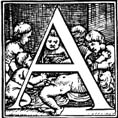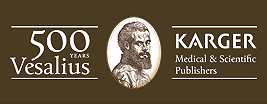
sked what made De humani corporis fabrica so groundbreaking and why the work is so enduringly powerful, medical historians and experts named several key points.
- It was more visual than any anatomical work that preceded it. Vesalius’ anatomical guide educated its readers and argued the author’s beliefs by offering a dialogue between the illustrations and his written words.
- Vesalius forged these arguments from his own scientific observation. First-hand observation in science seems pretty obvious from a
21st-century point of view. But previously, understanding of the human body had simply been passed from generation to generation based on the lessons of one ancient physician, Galen. Galen was brilliant in his time and still had a heavy influence on Vesalius, but the Renaissance doctor Vesalius understood that much more could be learned, and urged his students and readers to do the same. - Vesalius also insisted that knowledge of the human body must derive from examining the human body. Galen’s teachings were mostly based on dissections of animals. Though the industrious Vesalius studied animals too, he knew that examination of human corpses was essential for the true understanding of human anatomy, and, in turn, surgery.
- The Fabrica also set new standards not only in accuracy but also in the quality of the production. It was a massive undertaking, the like of which had never been achieved before, thanks largely to the new printing technology and Vesalius’ painstaking attention to detail throughout the publishing process.
As Nancy Siraisi, an acclaimed New York-based medical historian, explains in her introduction to Book II of Daniel H. Garrison’s new translation of the Fabrica, “Vesalius’s capacity both to absorb the values of humanist learning and to participate in the world of techniques, crafts, and skills is surely one of the most striking and significant features of his work… .”
